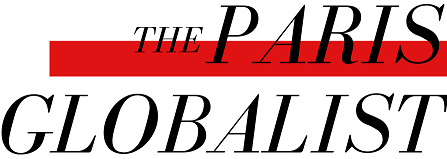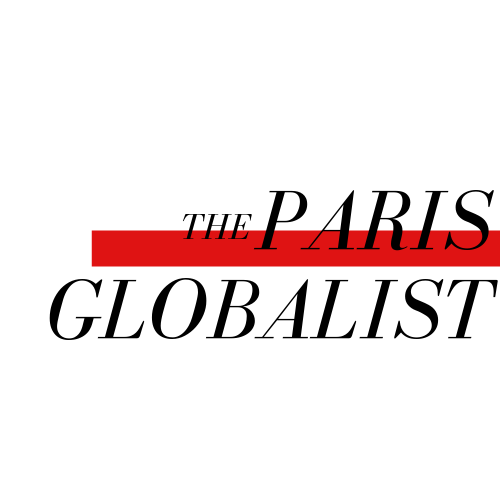There isn’t one day that goes by when I am not confronted with misconceptions about humanitarian aid I would like to denounce this misinformation campaign and justify the purpose of international aid. Not only have there never been so many aid workers, but good development and relief do exist!
However, good aid assistance rarely makes the headlines. Unless you read the development section of the Guardian, readers usually hear about the bad and the ugly, and there is a lot of ugly to tell particularly regarding relief work.
There has indeed been growing animosity towards aid workers for the past couple of decades. According to some locals in countries benefiting from aid as well as people in donor countries, NGOs and International organizations suffer from a reputation as illegitimate actors claiming to help the poor and the most vulnerable who misuse funds while not necessarily bringing any positive change to needy communities worldwide.
How did this growing community that is now over 200,000 strong worldwide gain such a bad reputation? After this past decade’s conflicts and a security focus on terrorism, the meaning of humanitarian aid has changed. While there are competent reliable government-funded INGOs working in conflict and less-developed countries, the general public as well as the media question their legitimacy and portray them as agents of warring States to carry out the ideology of the use of force to spread democracy worldwide.
Nation-building in Iraq and Afghanistan, as well as the recent intervention in Libya, have encouraged a characterization of NGOs such as MSF, Oxfam, Care, World Vision, Save the Children, Acted, and many others as agents of Western villains, a characterization which has not alleviated suffering and that has provoked much violence and hatred toward aid workers. Some of these doubts are warranted. Seen from a local’s point of view, why would foreigners claim they want to help when they come from a country you perceive as belligerent and which has brought overwhelming mayhem to your village, your friends and family?
As Rony Brauman said, from the very beginning humanitarian aid had the sole purpose of putting a “bandaid” on a rather dirty wound to assist civilians witnessing and suffering from some of the worst situations humanity has seen. Nowadays, terms such as “humanitarian diplomacy” have become mainstream though they lack a proper definition. They are just another excuse for states to intervene in geographically strategic areas where their interests are at stake.
After Libya and following the debate over the violence in Syria, is this why some of the current interpretations of the United Nations’ Responsibility to Protect make it sound like the West’s new Trojan Horse for intervention in other states’ affairs? NGOs are growingly seen as illegitimate to assist and being denied access while States are being criticized for wanting to protect civilians and threatening the use of force to get their point across. It is a lose-lose situation.
But outsiders might not know that humanitarian workers have some of the highest professional standards in the world. The International Confederation of the Red Cross, an intergovernmental organization whose mandate is to uphold international humanitarian law, human rights law and international refugee law, and assisting civilian populations in conflict and disaster settings has set the standards for humanitarian intervention. Those standards exist in several codes of conduct shared by international NGOs as well as by governmental and international aid agencies. They have helped professionalize the field and aimed at gaining more efficiency when facing skepticism.
Unfortunately, with the boom of civil society since the end of the 1990s, humanitarian work took on more disasters and scholars as much as practitioners are split about a new and more holistic definition of aid – nation-building being responsible for most of the hostility aid workers encounter. Advocating for human rights, raising voices in the face of injustice and violations of international humanitarian law and of the Geneva conventions have made international aid actors more vulnerable to retaliation from warring parties who cannot tolerate dissent or interposition.
Doubt as to what makes civil society more legitimate than governments themselves to relieve people from poverty, disease and injustice won’t disappear tomorrow. But no one can deny that where there is a gap, INGOs and LNGOs are assisting people whose state(s) cannot provide for. If anything, states rely on non-governmental organizations to carry out work they might not be able to, or that they would rather have experienced and independent professionals assess and deliver. That is at least what we should hope for.

